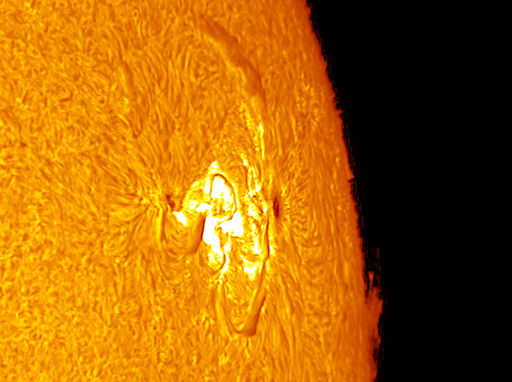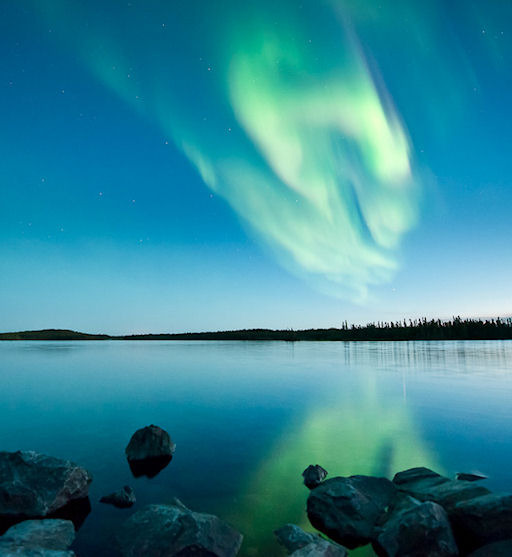If ET phones, we're listening again -- thanks to you.
Astronomers at the cash-strapped SETI Institute are poised to resume the quest for extraterrestrial life, after raising more than $200,000 to restart a key array of telescopes.
The institute was forced to put the hunt on hold in April, after cash-strapped governments decided they could no longer afford to pay the interstellar phone bill. To raise the required money, SETI turned to crowdsourcing: It unveiled the SETIStars.org website in June and independently raised the $204,129 needed to restart the Allen Telescope Array.
"Thank you to everyone who helped us reach our goal of getting the ATA back online!" reads a note posted to the SETI website. "Stay tuned for updates. We are discovering more Earth-like planets every day, so now is more critical than ever to look for extraterrestrial life."
In April, astronomers at the SETI Institute said a steep drop in state and federal funds has forced the shutdown of the Allen array, a powerful tool in the search for extraterrestrial intelligence.
"There's plenty of cosmic real estate that looks promising," Seth Shostak, senior astronomer at the institute, said at the time. "We've lost the instrument that's best for zeroing in on these better targets."
The 42 radio dishes that make it up had scanned deep space since 2007 for signals from alien civilizations while also conducting research into the structure and origin of the universe. The $50 million array was built by SETI and UC Berkeley with the help of a $30 million donation from Microsoft co-founder Paul Allen.
The quest for funding isn't over yet, however. Operating the dishes cost about $1.5 million a year, mostly to pay for the staff of eight to 10 researchers and technicians to operate the facility. An additional $1 million a year was needed to collect and sift the data from the dishes.
The Institute is looking for other source of money for the $2.5 million it requires annually to operate.
The SETI Institute was founded in 1984 and has received funding from NASA, the National Science Foundation and several other federal programs and private foundations. It uses other tools in the quest for alien life, such as a dish at Arecibo in Puerto Rico, the largest radio telescope in the world.
The difference, Shostak said, was that SETI researchers can point the Arecibo telescope at selected sites in space for only about two weeks a year.
While the telescope in Northern California is not as powerful, it could be devoted to the search year-round.
"It has the advantage that you can point it where you want to point it and you can keep pointing it in that direction for as long as we want it to," Shostak said.
The dishes also are unique in the ability to probe for signals from extraterrestrial civilizations while gathering more general scientific data.
"That made the telescope a double-barreled threat," said Leo Blitz, a professor of astronomy at UC Berkeley and former director of the observatory that includes the Allen Telescope Array.
The Associated Press contributed to this report.
Read more: http://www.foxnews.com/scitech/2011/08/08/with-new-funding-quest-for-alien-life-is-back-on/#ixzz1UWn94cpE


